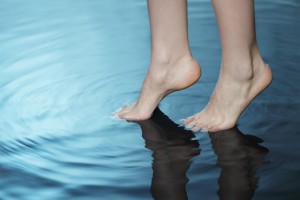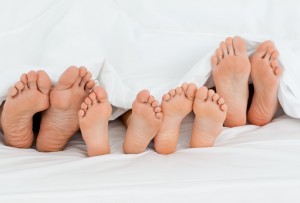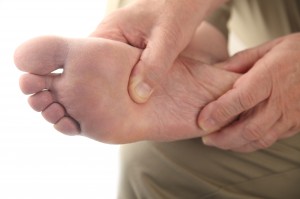Podiatrist 60706
Here at AFP Podiatry, some of the most common reasons that patients come in seeking treatment from our Norridge podiatrist are to resolve symptoms associated with ingrown toenails. Ingrown toenails are common issues for both adult and pediatric patients here at AFP Podiatry. The shape of the nail plate is one of the most important factors in the development of an ingrown toenail. In a normally shaped nail, the shape is reminiscent of a dinner plate lying upside down. The outer edges of the nail should be easily visible and easy to trim, as well. If your nail curves or bends inward around the edges, it is at an increased risk of becoming an ingrown nail. Trimming the nail improperly also increases the risk of the nail growing into the toe’s flesh.
If you think you might have an ingrown toenail, it is likely you are experiencing some uncomfortable symptoms, as well as a decrease in the aesthetics of your toes and feet. You do not need to suffer through these symptoms. Simply schedule an appointment with our Norridge podiatrist for treatment here at AFP Podiatry. In order to treat your ingrown toenail, our Norridge podiatrist will place you under local anesthesia for your comfort and safety. Next, the ingrown toenail is gently and carefully trimmed away, and then a topical medication is applied in order to prevent the ingrown toenail form returning. Our Norridge podiatrist will cover the area with a bandage that should remain on throughout the healing process. After this simple procedure, you should be free to return to your normal activities, and most patients do not require any sort of pain medication.
If you would like to learn more about the various services provided by our Norridge podiatrist and the rest of our team here at AFP Podiatry, we encourage you to visit our practice’s main website to browse through some additional information about these and other related topics. If you have any questions or concerns that our staff can assist you with, we hope you will not hesitate in contacting our staff either by phone or online. We look forward to working with you and we hope to see you at our office soon.








